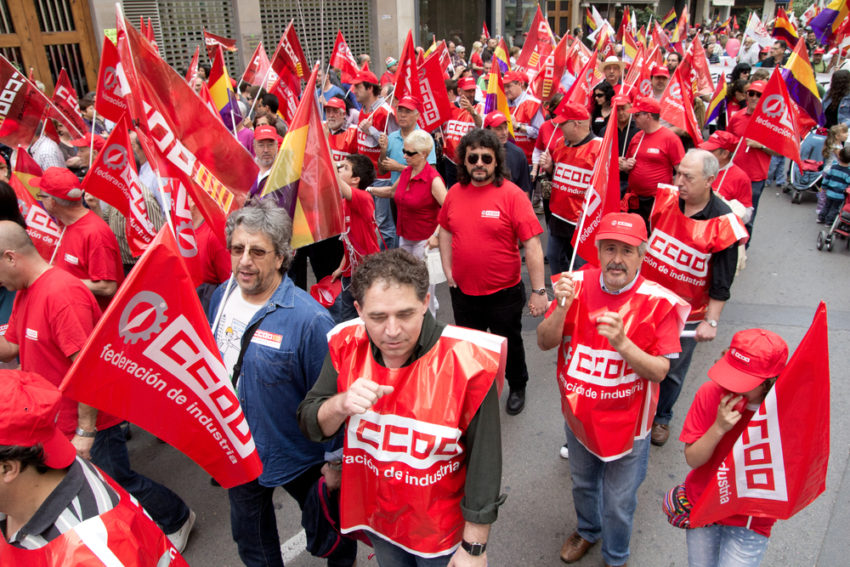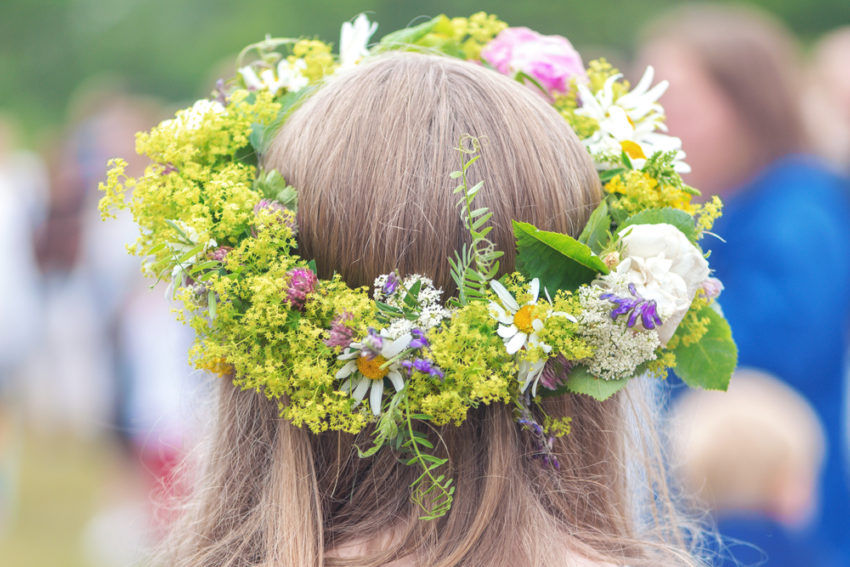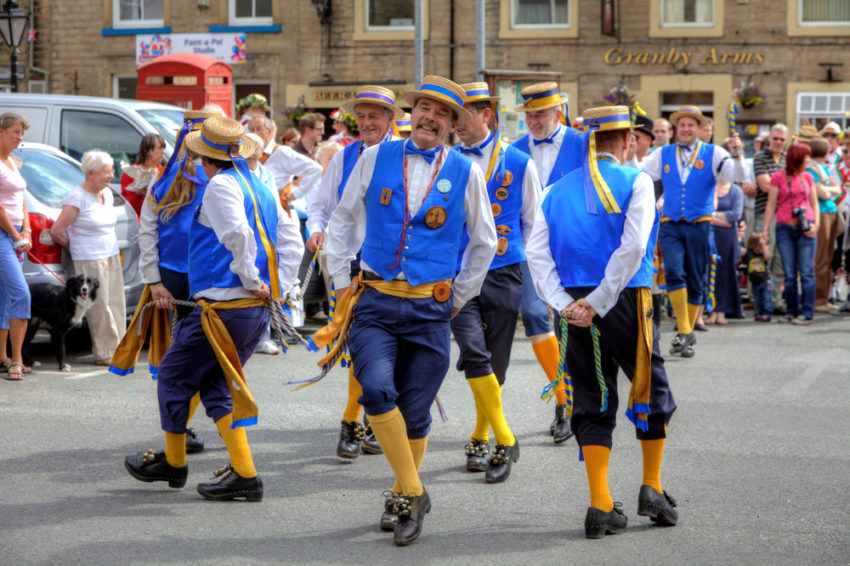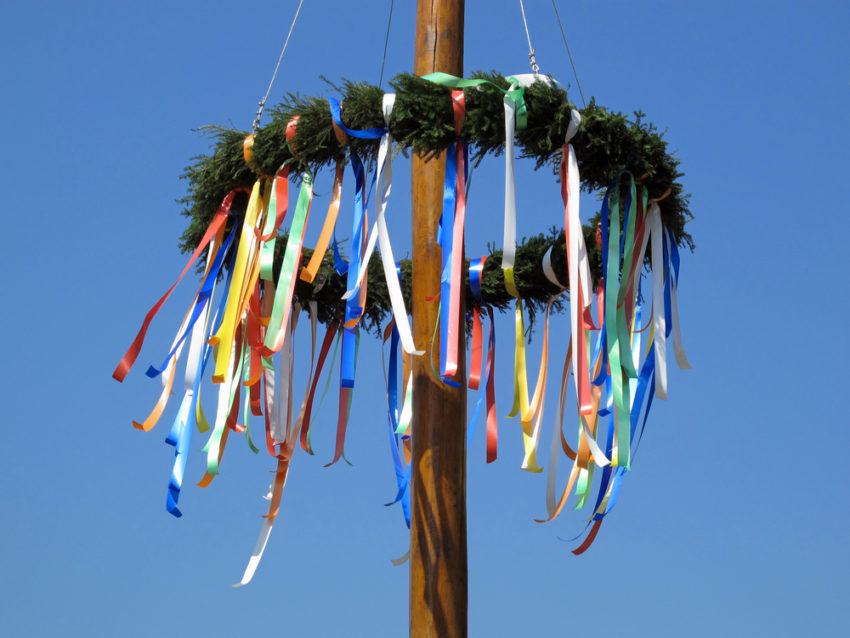May Day is celebrated on May 1 and is also a public holiday. In the northern hemisphere, it is known as an ancient spring festival. In many cultures, it is also a traditional spring holiday. Dancing, singing and cake are all part of the celebrations on this day.
But May Day also has another meaning. It was chosen as the date for International Workers’ Day by the Socialists and Communists of the Second International in the late 19th century. The reason for this is the commemoration of the Haymarket affair in Chicago when on Tuesday, May 4, 1886, a dynamite bomb was thrown at the police as they wanted to disperse a labor demonstration that advocated an eight-hour working day.

The traditions of 1st May also have their roots in ancient pagan festivals, where spring and fertility were celebrated, but nowadays the date is linked to anything from anti-capitalist sentiment to maypole dancing.
Roots of May Day
The Floralia, festival of Flora (the Roman goddess of flowers), was one of the earliest May Day celebrations, first appearing in pre-Christian times. It was typically held on April 27 during the Roman Republic era. In Germany, Finland and Sweden the Walpurgis Night celebrations were one of the earliest ever recorded accounts of May Day. In many pagan cultures February 1 was considered as the first day of spring and May 1 as the first day of summer.
May Day traditions
In many countries across the northern hemisphere, the maypole is one of the most important May Day traditions. Its roots come from an ancient pagan tradition where young trees are cut down and made into a tall wooden pole. This marks the arrival of summer and is typically celebrated by traditional village dancing performances around the Maypole.
Another widespread tradition is the crowning the ‘Queen of May’. Besides making flower garlands, a well-dressed girl must walk at the front of a parade as part of the May Day celebrations. The white gown she is wearing symbolises purity. She has to begin the May Day celebrations, sometimes with a speech and is crowned by flowers.

Interesting May Day facts around the world
In Finland, May Day is the only carnival-style street festivity in the country. Many people hold picnics and parties outside wearing caps and other decorative clothing.
In France, people gift each other bunches of ‘lily of the valley’ to their beloved ones. This custom has its roots in 1561 when King Charles IX of France was given a ‘lily of the valley’ as a lucky charm. He then, in turn, offered a lily of the valley to the ladies of the court each year.
In some regions of Germany, there exists a tradition in which men deliver a tree covered in streamers to the house of their beloved girlfriends the night before May Day. In leap years, the women have to place the maypole in front of the houses of their beloved ones.
In Ireland, bonfires were traditionally lit to mark the coming of summer and at the same time banish the long nights of winter. In some places across the country, this tradition is still vivid.
In Bulgaria, rituals against snakes and lizards are made on May Day in order to protect people from them.
In Romania, May Day is celebrated to ensure good wine in autumn and to protect people and farm animals from the elements of nature like storms, hail, illness and pests. Wealthier people held parties in nature with fiddlers. Country women do not work in the field or in the house on May Day eve in order to avoid devastating storms and hail coming to their villages.
In Poland, the celebrations are mainly focused around Labour Day. All labour activists and left-wing political parties organise parades in cities and towns across Poland.
In some parts of the United States, so-called May baskets are made. They are usually filled with flowers or treats and are put in front of someone’s doorstep as a present. Then the bell will be rung and the giver runs away.
In England, Morris dancing is very popular. It is a form of English folk dance. Groups of men wear different coloured clothes they dance in. It is also celebrated in Canada, the United States and Australia.

If you want to know how the weather will be like on May Day in your town, check Morecast. Don’t have Morecast yet? Download it here for free.
